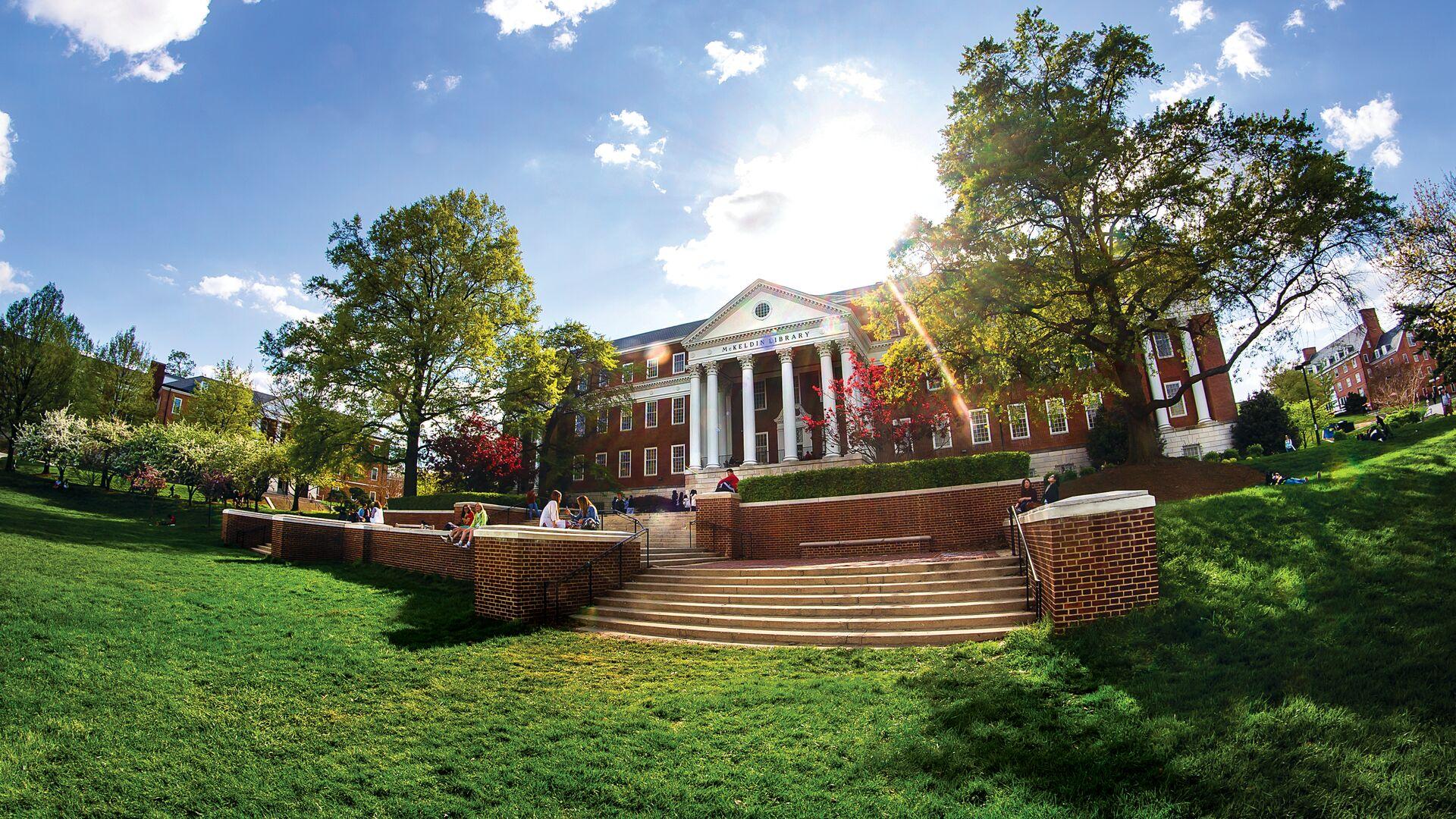News
Displaying 220 - 222 of 759
UMD Ranked Among World’s Top Quantum Research Institutions
The University of Maryland ranks among the world’s top five universities for quantum research, according to The Quantum Insider, a news and market information source for the quantum technology industry.
Inventions of the Year: UMD Researchers Seek to Improve the Comfort and Efficacy of PPE
As new variants emerge and surges of disease continue to ebb and flow, the COVID-19 pandemic has highlighted the importance of clean air. Invisible, airborne particles can impact the lives of billions in highly significant and consequential ways, spreading infection despite multiple rounds of vaccination. As the pandemic persists, personal protective equipment (PPE) like face masks remain crucial for protection against the virus by reducing exposure to this particulate matter.
News from Maryland Today
University News

UMD Ranked Among Top 20 U.S. Universities for Most Highly Cited Researchers in 2025
31 Scholars Included in Annual Clarivate List
View Article
UMD Ranked Among Top 20 U.S. Universities for Most Highly Cited Researchers in 2025 
$8.75M Investment Supports ‘Research Resilience’ Amid Challenging Federal Funding Environment
UMD, MPower Funds Combine to Help Preserve Institutional Capabilities, Lab Operations and More
View Article
$8.75M Investment Supports ‘Research Resilience’ Amid Challenging Federal Funding Environment 
UMD Recognized With Top-10 Ranking for Entrepreneurship
11th Consecutive Honor From Princeton Review, Entrepreneurship Magazine Follows APLU Award for Innovation
View Article
UMD Recognized With Top-10 Ranking for Entrepreneurship 
